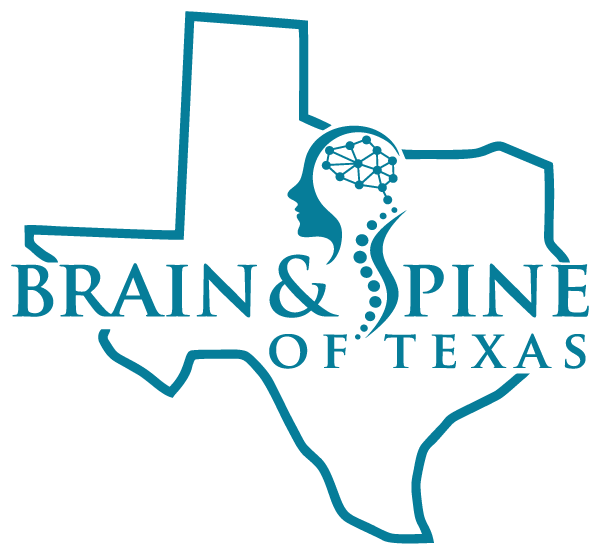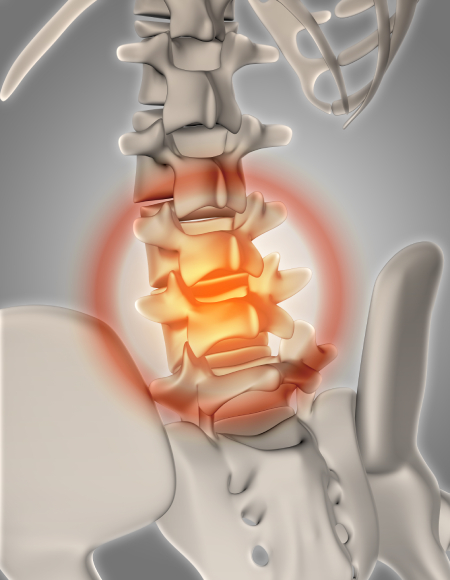Posterior Lumbar Fusion (PLF)
Restoring Spinal Stability and Alleviating Pain
Posterior Lumbar Fusion (PLF) is a highly effective surgical procedure used to treat conditions that affect the lumbar spine, such as degenerative disc disease, spinal instability, or spondylolisthesis. During the procedure, the surgeon accesses the spine from the back (posterior) to remove the damaged disc or to stabilize the vertebrae. Once the disc is removed, a bone graft or implant is inserted between the vertebrae to promote fusion. The fusion process helps stabilize the spine, relieve pain, and restore functionality, providing long-term relief for patients suffering from chronic lower back pain and related symptoms.
At the Brain and Spine Center of Texas, we specialize in performing posterior lumbar fusion using the latest surgical techniques. Our team of experienced spine surgeons is committed to providing the highest level of care and ensuring that patients achieve the best possible outcomes, with a focus on minimal disruption to surrounding muscles and tissues. This procedure is particularly beneficial for patients seeking relief from persistent back pain and spinal instability that has not responded to conservative treatments.
When is Posterior Lumbar Fusion Necessary?
Posterior lumbar fusion may be recommended for patients who suffer from:
- Chronic low back pain due to degenerative disc disease, spinal stenosis, or spondylolisthesis.
- Instability in the spine caused by spinal fractures or trauma, leading to severe pain, difficulty walking, or limited movement.
- Nerve compression caused by herniated discs or spinal deformities, resulting in symptoms such as numbness, tingling, or weakness in the legs or lower body.
- Failed non-surgical treatments, including physical therapy, medications, or injections, which have not provided sufficient relief.
In cases where these conditions cause significant pain or limit daily function, posterior lumbar fusion can be an effective solution to restore spinal stability and alleviate symptoms.
The Posterior Lumbar Fusion Procedure: What to Expect
The posterior lumbar fusion procedure is performed under general anesthesia and involves several key steps:
- Accessing the Spine – The surgeon makes a small incision in the back, through which they can access the lumbar spine. The muscles and tissues are carefully moved aside to minimize damage.
- Removing Damaged Discs – The surgeon removes any damaged or diseased discs from between the vertebrae. This may be done to relieve nerve compression or to address instability in the spine.
- Spinal Fusion – A bone graft or synthetic material is inserted into the disc space to encourage the vertebrae to fuse together. This process helps stabilize the spine and prevent further motion between the vertebrae.
- Stabilization – In some cases, the surgeon may also use hardware, such as screws and rods, to further stabilize the spine during the healing process.
- Closing the Incision – After the fusion material is in place and the spine is stabilized, the incision is closed, and the patient is taken to the recovery room.
The procedure typically lasts between 3 and 4 hours, depending on the extent of the surgery, and is usually performed in a hospital setting.
Recovery & Post-Surgical Care
After undergoing a posterior lumbar fusion, patients can expect the following during their recovery:
- Hospital Stay – Patients typically stay in the hospital for 2 to 3 days to ensure proper healing and pain management.
- Pain Management – Pain will be managed through medication, and most patients experience significant pain relief soon after surgery.
- Physical Therapy – A tailored physical therapy program will be introduced after surgery to help restore strength, flexibility, and mobility.
- Activity Restrictions – Patients will need to avoid certain activities during recovery to ensure the spine heals properly and to prevent complications.
- Follow-Up Care – Regular follow-up visits will be scheduled to monitor progress and ensure the spine is healing correctly.
While recovery times can vary, most patients can expect to return to normal activities within 6 to 12 weeks after the surgery, though complete healing may take several months.
Why Choose the Brain and Spine Center of Texas?
- Experienced Surgeons – Our team is skilled in performing posterior lumbar fusion, using the latest minimally invasive techniques for a faster recovery and better results.
- State-of-the-Art Technology – We utilize the most advanced technology in spinal surgery to ensure the highest quality of care.
- Comprehensive Post-Operative Care – We provide ongoing support throughout the recovery process to ensure that your healing is on track and that your spine remains stable long-term.
- Personalized Treatment – Our treatment plans are tailored to meet each patient’s unique needs and goals, ensuring the best possible outcome.
Schedule a consultation
If you’re experiencing persistent back pain or spinal instability, posterior lumbar fusion may be the solution you’ve been searching for. Contact the Brain and Spine Center of Texas today to schedule a consultation and learn more about how this procedure can improve your quality of life.

